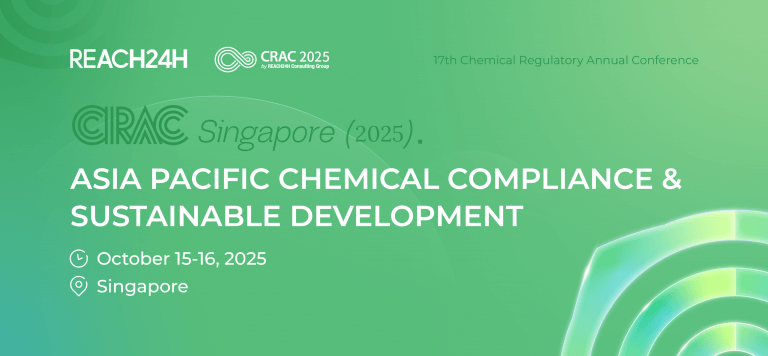News Brief
Recently, the European Commission issued Regulation (EU) 2025/718, officially amending certain provisions of the EU POPs Regulation concerning perfluorooctane sulfonic acid (PFOS) and its derivatives.
What Is PFOS?
Perfluorooctane Sulfonic Acid (PFOS) is one of the most prominent members of the Per- and Polyfluoroalkyl Substances (PFAS) family. Owing to its remarkable chemical stability and surface-active properties, PFOS has been widely used in various industrial and consumer applications, such as waterproof and stain-resistant fabric treatment, non-stick coatings, stain-resistant food packaging materials, and corrosion-resistant coatings.
However, PFOS is persistent in the environment, capable of long-term accumulation in soil, water bodies, and organisms, and can bioaccumulate through the food chain, ultimately posing significant threats to human health and ecosystems. Studies indicate that PFOS may disrupt the endocrine system, impair reproduction and development, and pose carcinogenic risks. Consequently, the use and emission of PFOS have been strictly regulated globally to mitigate its potential hazards to the environment and human health.
Amendments
Change the Regulated Name
The regulated substance name has been changed from " Perfluorooctane sulfonic acid and its derivatives (PFOS)" to " Perfluroctane sulfonic acid (PFOS), its salts and PFOS-related compounds."
Adjustment of Unintentional Trace Contaminant (UTC) Limit Values
PFOS was the first regulated Per- and Polyfluoroalkyl compound under the EU POPs Regulation, and its UTC limits were set a long time ago. More recently, another substance with similar uses—Perfluorooctanoic Acid (PFOA), its salts and PFOA-related compounds—has also been included in the EU POPs Regulation, but with a significantly lower UTC limit value. This indicates that current technological advancements make it feasible to reduce contamination levels of such chemicals. Therefore, the EU has decided to reassess the UTC limit value for PFOS and align them with those of PFOA, its salts, and related compounds.
The revised limits are as follows:
- When present as an unintentional trace contaminant during production, placement on the market, or use, the concentration of PFOS or any of its salts in substances, mixtures, or in articles must be equal to or below 0.025 mg/kg (0.0000025 % by weight).
- When present as an unintentional trace contaminant during production, placement on the market, or use, the sum of concentrations of all PFOS-related compounds in substances, mixtures, or articles must be equal to or below 1 mg/kg (0.0001% by weight).
Elimination of Specific Exemptions and CEN Method References
The exemption allowing the use of PFOS as mist suppressants for non-decorative hard chromium (VI) plating in closed loop systems has been removed. Additionally, references to the CEN method in the regulation have also been deleted.
REACH24H’s Reminder
The amendment shall enter into force on the twentieth day following that of its publication, with the revised UTC limits shall apply from 3 December 2025. REACH24H advises affected enterprises to closely monitor regulatory developments, particularly limit adjustments, and to promptly revise product formulations and production processes to ensure compliance. This amendment reflects the regulatory authorities' stringent control over pollutants like PFOS and signals that regulatory stringency will continue to increase in the future.
Moreover, the PFOS amendment is just the tip of the iceberg, as global regulatory measures for the entire PFAS family continue to tighten. Enterprises should proactively plan ahead, identify environmentally friendly alternatives, and adapt to the increasingly stringent regulatory environment to mitigate legal risks and market losses associated with non-compliance.
REACH24H will continue to monitor PFAS regulatory developments, assist enterprises in understanding compliance obligations, and support their efforts to achieve PFAS compliance.
Additionally, REACH24H can help enterprises obtain PFAS-Free Certification and employ hazard assessment tools to identify safer chemicals, thereby facilitating the development of fluorine-free alternatives and strengthening the standardization, effectiveness, and risk management capacity of corporate compliance.
If you have any questions in this regard, please feel free to contact us at customer@reach24h.com.





